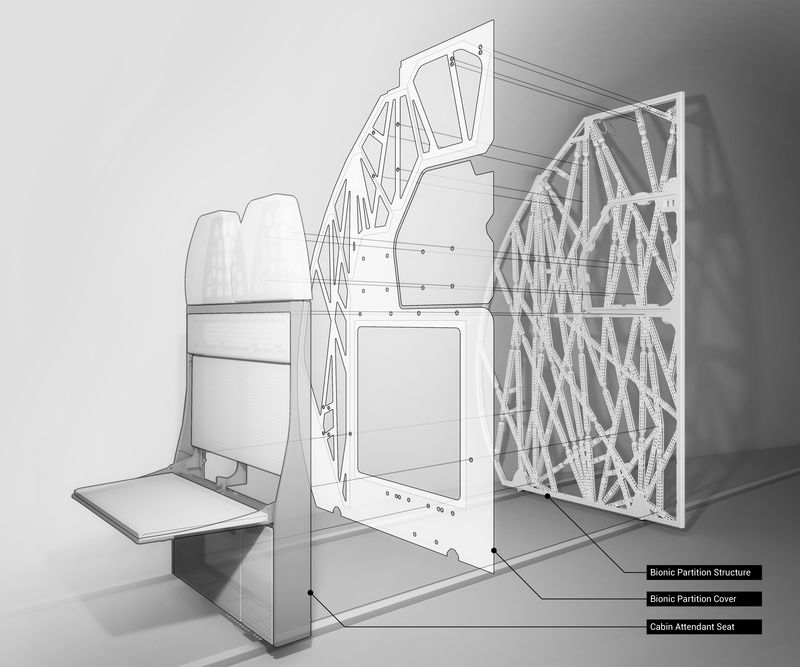Last August, we reported on an exciting partnership with two very different leaders in the 3D printing industry. Autodesk, on the one hand, has been developing CAD software for years, more recently optimizing it for 3D printing with a new generation of programs that implementing biomimetic design to create objects with given engineering applications. Lawrence Livermore National Laboratory has been performing cutting-edge research in the 3D printing of microstructures capable of unique physical properties. Together, the partners are applying their skills to produce a new type of helmet that makes our current protective gear obsolete. Mic.com has since updated that story with an in-depth interview, pulling out the advances that Autodesk and LLNL have made so far in their 18-month study.
Combining Autodesk’s powerful Project Dreamcatcher software and LLNL’s research on microstructures, the Autodesk Research study is aimed at determining exactly what point of impact is responsible for a concussion. LLNL technical researcher Eric Duoss explains to Mic, “In some ways this is a completely new way of thinking about design. Could you upfront-design a set of objectives [or] properties and performance requirements without necessarily having detailed or intuitive knowledge of what the structure would be … and can you have the computer derive that structure for you?”

This idea of using design objectives to guide a CAD model is one that is at the heart of Autodesk’s latest software, like Dreamcatcher and Within. LLNL’s work with microarchitecture, which required achieving extreme levels of print resolution, takes the idea down to the microscopic level, with the lab’s researchers laying down tiny lattice structures in different patterns to generate different physical properties. By distributing the material in different ways, they’ve learned to generate physical properties that were “previously unobtainable,” he tells Mic.
Now, the team is exploring the best substances for the job, considering the use of silicon to replace the foam pads we’ve grown accustomed to in helmets. However, due to the microlattice structure making up the pads, Dan White, deputy division leader of computational engineering at LLNL, says that it’s really “70% to 80% nothing” and not solid silicon. In turn, they’ve found that silicon padding absorbs 50% more energy than solid foam. And because the helmets would be 3D printed, they could be tailored exactly to the heads of wearers, possibly even using patient-specific scans to generate the 3D model.
As attendees of the 2015 Will Smith film Concussion know, the NFL has been coming under ever-closer scrutiny for the brain damage caused to its players. Recently, the organization settled for almost $1 billion in one law suit from over 5,000 players with concussion-related issues. While existing helmet manufacturers may attempt to address these issues, the Autodesk Research study takes helmet design to a whole new level.
As the partners have been patenting their inventions, they plan to license plans to manufacturers to produce a new generation of helmets. The work will also stretch beyond the 18-month duration of the study, as LLNL looks into 3D printing bike helmets and the use of microstructures in aircraft design. We’ve already seen Autodesk partner with Airbus to apply their goal-oriented design technology to create lighter aircraft barriers. It wouldn’t be surprising to see such microlattices taking off, as well.




